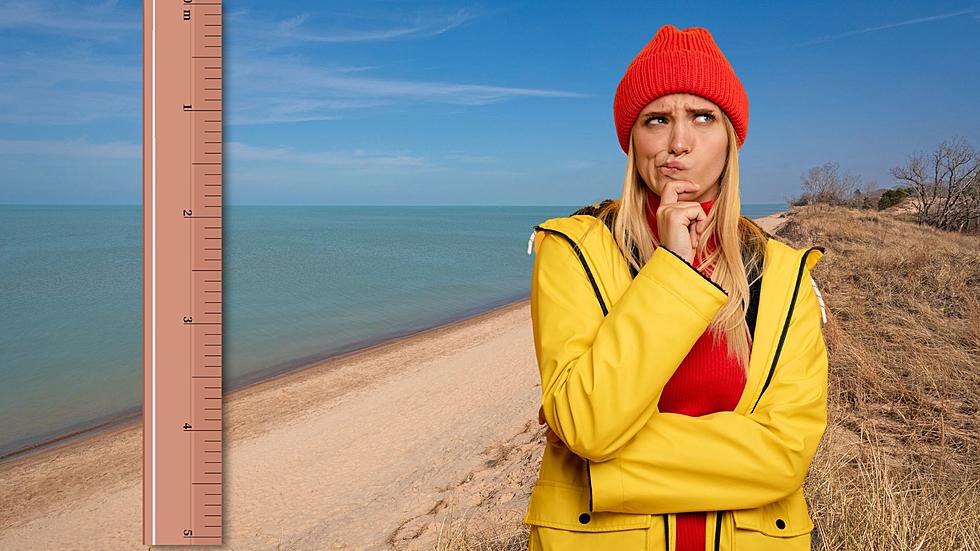
Do the Great Lakes Have High and Low Tides?
There's been discussions in the past about whether The Great Lakes are big enough to be considered Inland Seas. Lake Superior alone is the third-largest lake in the world next to Lakes Michigan/Huron, and the Caspian "SEA." The debate rages on.
Obviously, there's no debate about the biggest "Seas" in the world - the oceans - all of which are big enough to be affected by gravity of the Earth, Moon, and the Sun, creating tides. But are the Great Lakes big enough to fee the same effects as the oceans?

Depending on where you are in the world, tides can vary drastically. Two of the highest tides are in North America.
- Canada's Bay of Fundy, between New Brunswick and Nova Scotia have tides of up to 53 feet.
- Anchorage, Alaska's tides can rise more than 30 feet at times.
So with some of the highest water level changes in the world, on both coasts of the continent, it seems likely that The Great Lakes would definitely see rising, and falling tides with the moon's movement, right?
Not exactly.
First of all, let's let the cat out of the bag, The Great Lakes are considered Non-Tidal. So in terms of whatever science deems permissible as a "tidal" body of water, The Great Lakes are not it.
Seasonally, the Great Lakes DO see significant rises and falls in water levels. During the winter, levels will dip to their lowest as inflowing water from frozen bodies of water stop. But once it warms up in the spring and summer, all the snow and ice melts, and the Lakes' inflow increases significantly.
According to the National Ocean Service:
"There is an annual high in the late spring and low in the winter. These changes occur at a rate that can be measured in feet per month."
There are also weather patterns that can affect Lakes levels, too, including strong winds that create a phenomenon called a "seiche."
But the Great Lakes are Huge, and they hold a THIRD of the world's fresh water supply. HOW can the Sun and Moon NOT affect them?
Well, they actually do.
"Studies indicate that the Great Lakes spring tide, the largest tides caused by the combined forces of the sun and moon, is less than five centimeters in height."
So, TECHNICALLY, The Great Lakes DO have a tide with the moon's gravitational pull... but it's barely noticeable. Even on a calm day, the waves on all of The Great Lakes would overshadow the tide.
The Five Forgotten Great Lakes
Look! Perfectly Preserved Ship At Bottom Of The Great Lakes
More From 97.9 WGRD






